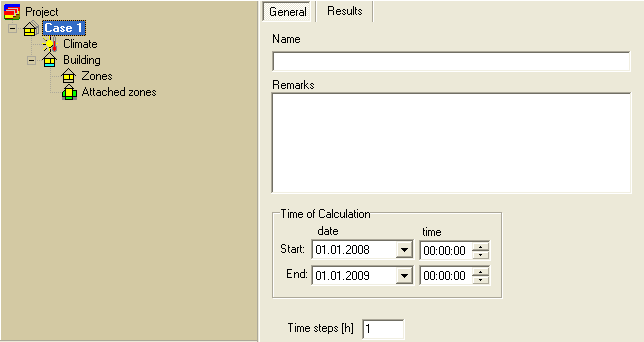Plus:Dialog Case: Unterschied zwischen den Versionen
Len (Diskussion | Beiträge) Keine Bearbeitungszusammenfassung |
Tes (Diskussion | Beiträge) |
||
| Zeile 30: | Zeile 30: | ||
[[Plus:Dialog_OptionsResultData | this option]] is deselected), the project file | [[Plus:Dialog_OptionsResultData | this option]] is deselected), the project file | ||
may become unmanageably large when it contains many cases. | may become unmanageably large when it contains many cases. | ||
=== [[Plus:Dialog_Results | Results]] === | === [[Plus:Dialog_Results | Results]] === | ||
The second option on this page is to see all [[Plus:Dialog_Results | results]] of the caluclation | The second option on this page is to see all [[Plus:Dialog_Results | results]] of the caluclation | ||
Version vom 28. Juni 2010, 13:45 Uhr
Dialog: Case
A project file may contain several different cases. This is useful for managing projects which require a series of calculations that cover the same general subject but are slightly different from each other (e.g. parametric studies). In principle, all the cases in a project are independent, however.
A new case is created either with the
"New Case" command in the
"Project" menu or with the
"New Case" button ![]() in the tool bar.
in the tool bar.
General
In this dialog, you can assign a "Case Name" to the current case which is easier to identify that case and the differences between the cases of one project. You can also enter additional information, such as any "Remarks" on the case. All these inputs are optional. They have just an informative character and can help you later to identify the studied problem. The most important option on this page is to define the time of calculation of the case inclusive the time steps.
You may create an arbitrary number of cases in a project, but since all the calculation results are saved in the same project file together with the input data (unless this option is deselected), the project file may become unmanageably large when it contains many cases.
Results
The second option on this page is to see all results of the caluclation
